One of the main arguments of the anti-vaccination and the vaccines are not effective, that offer no benefits, only risks. The polio vaccine is no exception.
seek by all means to prove this thesis, with graphics handled, etc. with data pulled from the context. They also use some concrete examples, as the epidemic of polio in Indonesia in 2005, just months after the tsunami of December 26, 2004. This topic can be read in many forums of anti-vaccine but I will use to practice the book of dr. Serravalle "super-immunized children" that is full of arguments against the vaccine and then ideas for my posts. In the chapter on polio reads as follows:
Even more obvious is the experience of Indonesia. In this country since 1995, there were no more cases of wild polio virus with a vaccine coverage of 70%. In the years following intense campagne di vaccinazioni di massa hanno portato ad avere un'immunizzazione della popolazione superiore al 90%, ma questo non è servito a non avere più casi di malattia quando, nel dicembre 2004, la tragedia dello tsunami ha distrutto reti idriche e sistemi fognari, lasciando la popolazione in condizioni di vita di estrema precarietà. Così, nonostante l'ampia diffusione della vaccinazione, la polio è ricomparsa.
Questo esempio viene fatto per sottolineare la tesi che la mancanza d'acqua potabile e le condizioni igieniche precarie sono l'unico motivo per cui si sviluppano le epidemie di polio e che l'impatto della vaccinazione è praticamente zero.
--------------------------------------------- -----------
Before continuing with this article, I inform you that since 10.1.11, the Veneto Region has developed an online questionnaire for parents about vaccinations.
Please participate and run the link as much as possible.
-----------------------------------------------
--------- It 's true that the lack of hygiene and drinking water increases the risk of contracting the polio virus because polio is transmitted mainly via the fecal-oral route (see my post "Polio: it makes sense to vaccinate against a disease that we have no more?" ). But to poliovirus is not enough for the low level of hygiene to spread. They also need to susceptible individuals, in other words, children do not or insufficiently vaccinated.
First let us find out it was really immunization coverage in Indonesia at the time of the epidemic. Then we will look a bit 'better map and we will see how the events took place in 2005. And finally I will invite us to reflect on why the beginning of 2006 to date in Indonesia there has been no polio cases.
1) "Routine immunization rates falling in Indonesia Have Been For The Last Few Years."
Translation:
"In Indonesia in recent years, adherence to routine vaccinations is declining."
Source:
UNICEF: Public information and immunization go hand-in hand in massive Indonesia polio campaign
2) "Routine Immunization Against Polio in Indonesia is estimated at 70 per cent overall, although there are pockets WHERE Against immunity to the virus is lower. "
Translation: "The coverage of polio vaccination in Indonesia is estimated at 70% overall, although there are pockets of population where the rate of immunity is much lower."
Source:
UNICEF: Indonesia fights polio outbreak
3) "TCG Expressed concern over the low vaccine coverage rates in the affected provinces of Indonesia. Two Thirds of the 46 cases Confirmed Had not Received OPV, and a Further 13 HAD Doses Received less than 3. If These Findings are indicative of OPV coverage rates Among children under 5 years Elsewhere in the country, Indonesia is at high risk of polio spreading well beyond the current two provinces. "
Translation:
TCG (Technical Consultative Group) has expressed concern about the low rates of vaccination coverage in of the affected areas' Indonesia . Two-thirds of 46 confirmed cases had not received polio vaccine , and other 13 had received less than 3 doses . If these results are indicative for the coverage rate of children under 5 years in the rest of the country, the Indonesia is at high risk of spreading the poliovirus well beyond the two provinces where there are current cases.
Source:
WHO: SEAR - Tecnical Consultative Group Polio Eradication
4) Before March 2005, only half the children in Girijaya Had Been Inoculated.
Translation: Before March 2005, only half of the children had been vaccinated in Girijaya. (Ndt Girijaya in the district of Sukabumi, is the country where he lived the index case).
Source: UNICEF
: Continues Fight Against Polio outbreak in Indonesia
5) Immunity Against Polio in Indonesia is reported figures by the government at around 90 per cent lower Generally But in pockets. WHO and UNICEF Estimates Indonesia's routine immunization coverage Against Childhood Diseases, Including polio, at 70 per cent, According To household surveys.
Translation: Il livello di immunità generale contro la poliomielite in Indonesia è, secondo il governo, ca. del 90%, ma inferiore in sacche di popolazione . Le stime dell'OMS e dell' UNICEF indicano una copertura vaccinale di routine contro le malattie infantili , tra cui la polio , del 70 per cento , seconde indagini presso le famiglie.
Source:
UNICEF helps Indonesia fight back Against Polio
The latest national vaccination campaign took place October 2002, then 2 and a half years before the epidemic and in those 2 ½ years has relied only on routine immunizations. In a country like Indonesia in two years and a half million children may accumulate and if this adds to the low vaccination coverage of the bottom you can get an idea of \u200b\u200bthe situation in early 2005.
In the December 2004 tsunami devastated area of \u200b\u200bIndonesia. After this disaster has been put in place a comprehensive system of prevention and monitoring to prevent outbreaks of diseases that spread easily in crowded and unhygienic conditions, typical for places like refugee camps: diarrhea, dengue , fever of unknown origin , jaundice, measles , meningitis, malaria , the acute respiratory infections and tetanus .
In Weekly Epidemiological Report No. 18 of May 6, 2005 you can read how the data were collected throughout the area and reported in detail.
In the same issue of the Weekly Epidemiological Report is another article, at the very beginning, which shows the confirmation of a case of polio in a child (not vaccinated) to 18 months in Indonesia. The onset of paralysis on March 13 and went back to the case was reported on 21 April 2005. Genetic analysis of the virus (it was of type 1) showed that had been imported from Africa.
How can this case that had eluded extensive monitoring system set up in the area destroyed by the tsunami?
But where the tsunami struck? That was where that child lived, the first case of polio quell'epidemia? Look at the map of Indonesia.
For a better understanding of the facts is also important to know the size of Indonesia and the number of population. In Wikipedia, we read that the area is 1,919,940 km2 (301,336 km2, Italy) and the inhabitants are approx. 220 million (Italy has approx. 60 million). Indonesia is the
seen with Google Earth: A =
Banda Aceh, the capital of the region where the tsunami had hit B =
Sukabumi, the district where the epidemic had begun
(to enlarge this and other images, click on it)
To get an idea of \u200b\u200bthe distance between these two places:
2,680 km away! It 's more or less the same distance that exists between Naples and Oslo, Norway:
In the chart you can see the coast where the tsunami hit (red areas) . The yellow star indicates the location of the Indonesian capital, Jakarta, and is precisely in that area (West Java) that the epidemic had broken out three months after the tsunami.
The following chart shows in more detail where there have been cases of polio (the dots in red). As you can see, the epidemic was concentrated in the area around the site where the first case was reported. From there, the virus had spread in other areas, but thanks to mass vaccination that were organized, the transmission is controlled and eventually halted. In total, in 2005, there were 303 cases of wild poliovirus paralysis. In early 2006 there were still two cases and since then - until now - zero cases.
For clarity, here are two maps to compare:
We have therefore seen that this outbreak had nothing to do with and the fact that the tsunami "destroyed water supply and sewerage systems, leaving the population lives in conditions of extreme precariousness. ", but with the importation of virus from Africa and the low vaccination coverage. Only a few months after the beginning of the epidemic virus had reached across the island Sumatra, Aceh, the region that had suffered most by the tsunami. As you can see from the map, there have been cases scattered in various parts of 'Indonesia. But the worst hit area was thousands of miles away from the coast destroyed by the tsunami. So far as Naples Oslo.
I would also like to point out that in the topic of anti-vaccine I've covered in this post, just talking about the epidemic, but no mention of the fact that after the mass vaccination campaigns for polio has again been eliminated from Indonesia , 6 years. Yet the conditions life goes on even during and after the eradication of polio to be extremely precarious refugee camps and also in many other parts of Indonesia. Logically, it must be concluded that vaccinations may have been only, because everything else was unchanged. All in all a good example has become a misnomer.
The following chart shows the reduction of polio cases worldwide 1980 to 2009. The blue curve marks the vaccination coverage (Pol3 = 3 doses of vaccine) as it is officially reported by countries and the red immunization coverage estimated by WHO and UNICEF.
And this is the map of global immunization coverage in 2009. Here you can see the countries at high risk (red and pink), while areas in blue have a vaccination coverage of 90% or more. Countries where there are still cases of polio, the coverage is obviously low or very low.
Shortly after the beginning of this epidemic, which claimed a total of 305 cases of paralysis due to wild poliovirus, on Madura (East Java, Indonesia) was started, coincidentally, another outbreak of polio caused by poliovirus vaccine, however (45 paralysis) as a result of a reverse mutation had become virulent again. This epidemic lasted from June to October 2005. In the graph you can see where the epidemic is the island in question (there are blue triangles indicate the cases of paralysis from poliovirus vaccine). This is another argument they use to denigrate the anti-vaccine Sabin polio vaccination (OPV, that the oral vaccine containing live attenuated virus). More information about the differences between Sabin and Salk vaccine (IPV) are found in the previous post "Polio: it makes sense to vaccinate against a disease that we have no more?"
explain the issue of reverse mutation of the virus oral polio vaccine (which in Italy was replaced in 2002 by the Salk vaccine containing inactivated poliovirus and therefore can not cause cases of polio vaccine) in a separate post.
Added 10/02/11:
While preparing this post I had written to Dr. David Hipgrave that at the time the epidemic was the program director for health and nutrition of the 'UNICEF Indonesia ( is currently the director of health, nutrition, water, environment and sanitation UNICEF China) and in the meantime I sent the material. In the meantime, he said that in the region of Aceh (which is most affected by the tsunami), the cover for the third dose of DPT vaccine (diphtheria, tetanus and pertussis) was 48.5% . This information was found during a survey made in September 2005, nine months after the tsunami. Dr. Hipgrave told me that the coverage of DPT vaccine and measles vaccine is also indicated for coverage OPV3 (3 doses of oral polio) vaccines because that part of EPI (Expanded Programme on Immunization ) are administered together. He also stressed that the region of Aceh in Indonesia was not the only one with such low vaccination coverage.
Figures che mi ha mandato si vede che nella regione Aceh ci sono stati un totale di 6 casi (il primo risale al 31 agosto 2005 e l'ultimo al febbraio 2006 che era anche l'ultimo dell'epidemia in Indonesia). Da allora non ci sono più stati casi di polio, fino ad oggi, grazie alle vaccinazioni di massa.
Spero di essere riuscita a dimostrare che anche l'argomento degli anti-vaccinisti riguardo all'epidemia di polio in Indonesia dopo lo tsunami è da scartare.

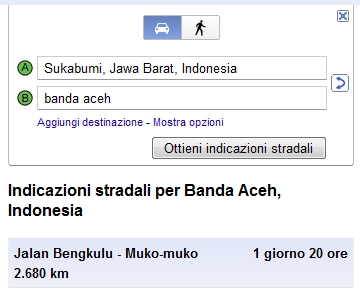
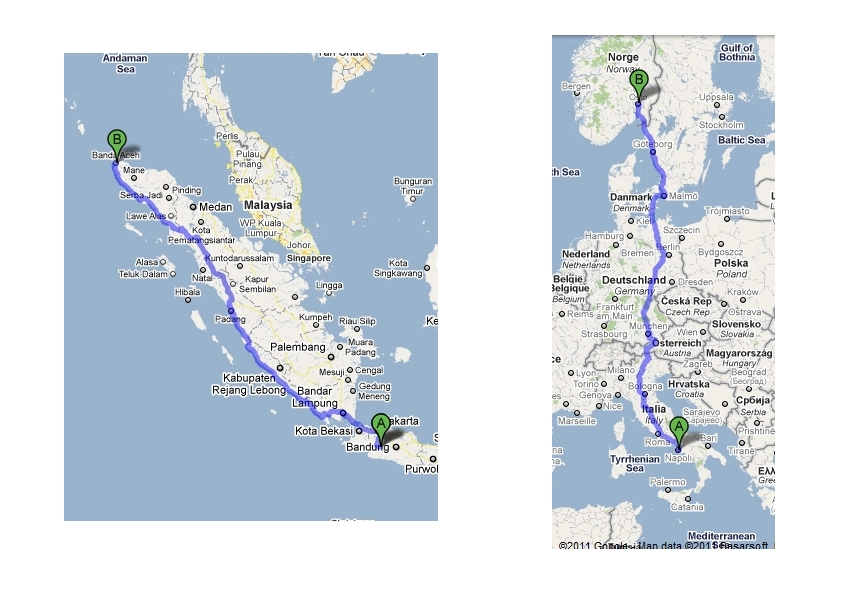
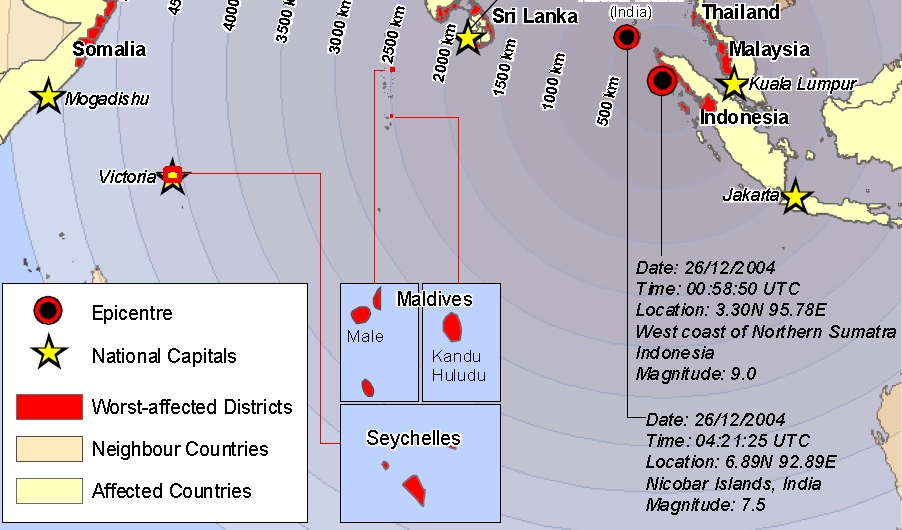
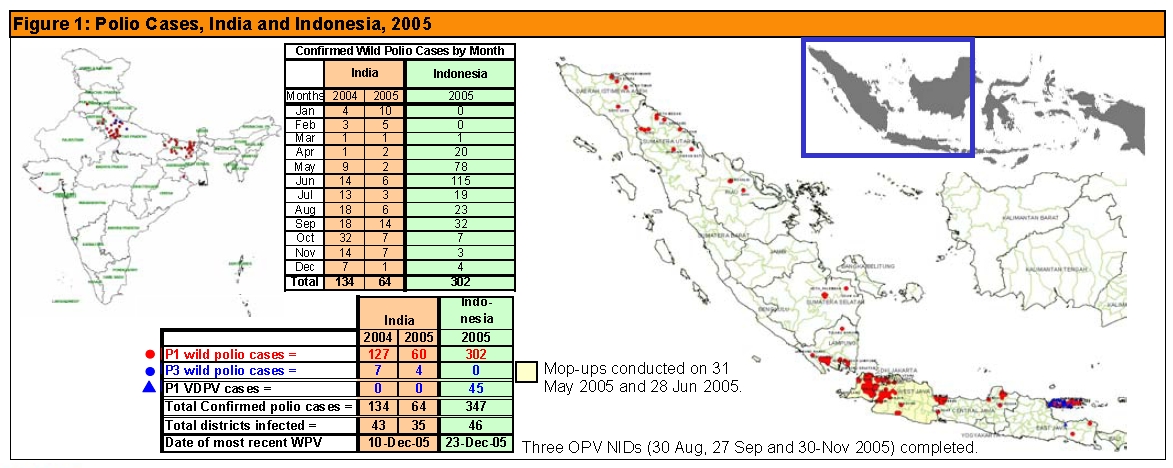
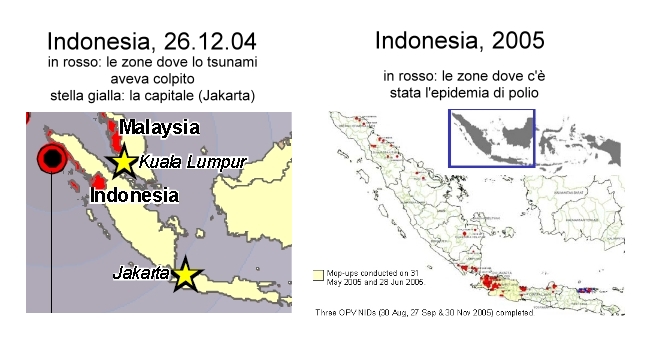
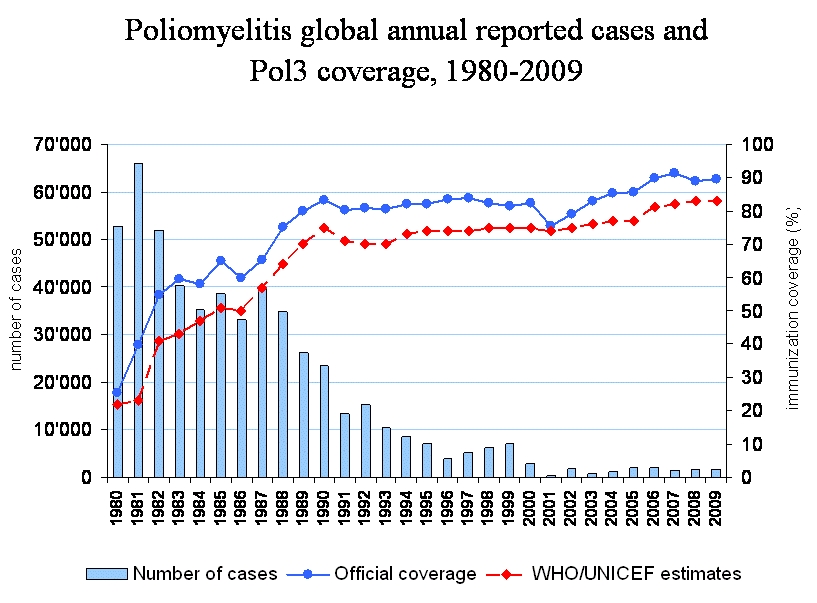
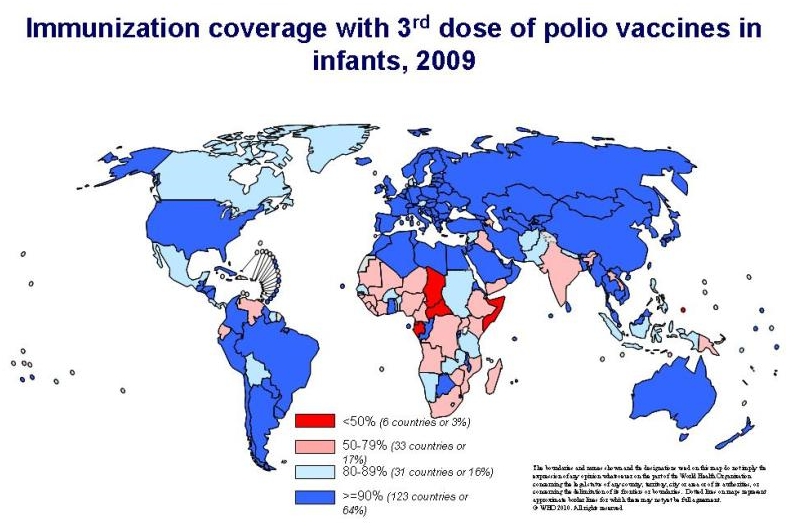
0 comments:
Post a Comment